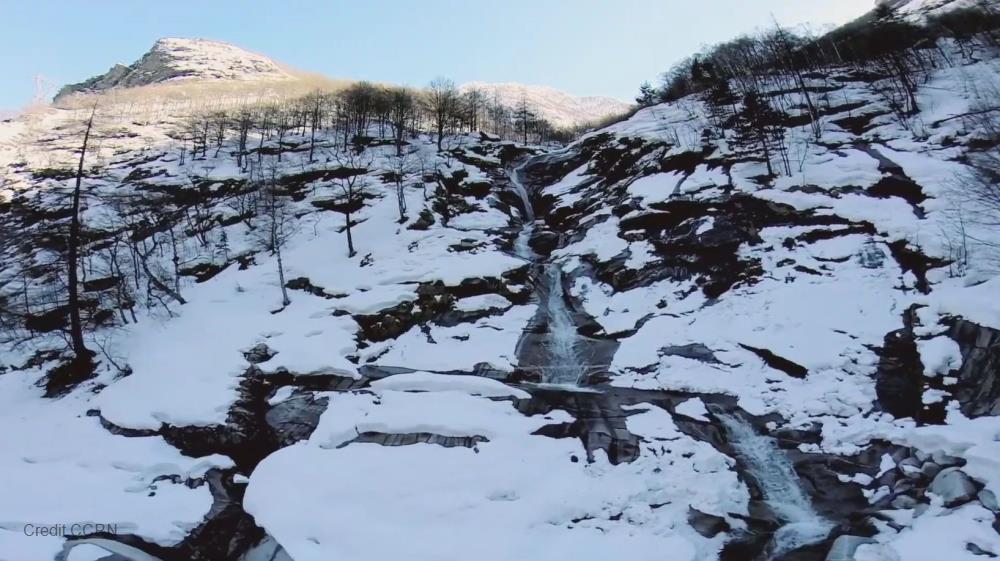
Related items loading ...
Section 1: Publication
Publication Type
Thesis
Authorship
Zugic Jessica
Title
Assessing the impacts of variable retention harvesting (VRH) and climate change on carbon sequestration and growth in a red pine (Pinus resinosa) plantation, southern Ontario, Canada
Year
2021
Publication Outlet
DOI
ISBN
ISSN
Citation
Zugic Jessica 2021. Assessing the impacts of variable retention harvesting (VRH) and climate change on carbon sequestration and growth in a red pine (Pinus resinosa) plantation, southern Ontario, Canada.
https://dr.library.brocku.ca/handle/10464/15080.
Abstract
Over the past two centuries, atmospheric carbon dioxide (CO2) concentrations have increased due to anthropogenic activities. In addition, global temperatures have also been rising and are expected to continue to increase into the next century. Southern Ontario, Canada is predicted to experience increasing temperatures and decreasing amounts of growing season precipitation in the coming decades. Silvicultural techniques, such as variable retention harvesting (VRH), are a possible method to aid in climate change mitigation and increase forest carbon sequestration. The aim of this study was to determine the impacts of VRH and climate change on the growth and carbon sequestration of red pine (Pinus resinosa) plantation trees in southern Ontario, Canada, using a randomized design in which five harvesting treatments (unharvested control (CN), 33% aggregated crown retention (33A), 55% aggregated crown retention (55A), 33% dispersed crown retention (33D), and 55% dispersed crown retention (55D)) were applied. In order to assess the climatic drivers of growth and the impact of VRH on red pine growth, dendrochronological methods and allometric growth equations were utilized. The main climatic drivers of tree growth are May-July standard precipitation evapotranspiration index with 3-month memory (SPEI3), growing season average maximum temperature between the months of May to August, and total precipitation in May and June. Analysis of tree growth following VRH, indicates that dispersed retention is the only treatment that led to changing growth response to climate post-harvest. VRH was found to facilitate growth, annual biomass, carbon content, and carbon sequestration, but only in dispersed treatments. The highest increase in growth was seen in the 33D treatment, whereas aggregated treatments showed diminished growth post-harvest. Finally, exterior trees within aggregated treatments showed significantly higher growth and carbon sequestration when compared to interior trees. These results suggest that dispersed treatments are the optimal choice when the goal of VRH is to increase growth and carbon sequestration of red pine plantation trees. This work adds to our understanding of the effectiveness of VRH on above-ground carbon sequestration in a common afforestation species in the Great Lakes region, which will ultimately aid in informing future forest management practices in southern Ontario.
Plain Language Summary
Section 2: Additional Information
Program Affiliations
Project Affiliations
Submitters
Publication Stage
N/A
Theme
Presentation Format
Additional Information
Masters, Brock University, Southern-Forest-Futures


 GWFNet
GWFNet Master
Master Research
Research Map
Map
 Advanced
Advanced . . .
. . .

 Metadata Editor
Metadata Editor
 Record List
Record List
 Alias List Editor
Alias List Editor
 Legacy sites
Legacy sites